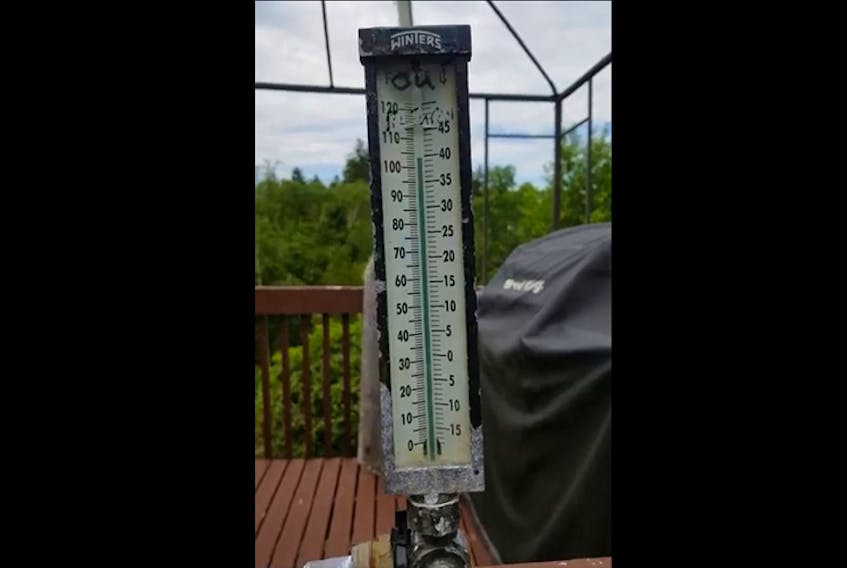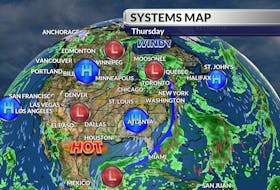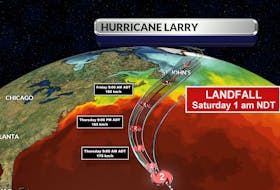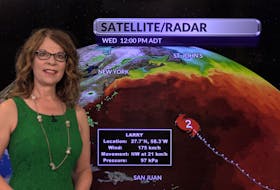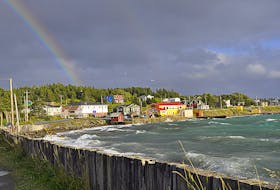I love to get mail – I always have. I am dating myself here, but when I was a young teenager I had a pen-pal. She lived in Pennsylvania. I loved to compare how similar and different our lives were; we talked about the weather, the Bay City Rollers, hockey and fashion.
Today, most of the mail I get is electronic but still very interesting. The other day, Niki Clark had this to say in an email: “I enjoy your columns immensely, but never know quite how to interpret your (and other meteorologists’) use of “normal” in charts, etc. Is it an average of the past century or decade or what?”
Great question Niki.
The definitions meteorologists apply to average and normal temperatures differ in some respects from their everyday meanings. An average temperature is a numerical average, but a normal temperature goes beyond that. It is a specific average temperature calculated from a 30-year period, currently 1981-2010.
Daily highs and lows are averaged, but the results are smoothed so that the average rises and falls by only one degree at a time through the annual cycle of temperatures. In everyday usage, “normal” means “usual” or “ordinary,” but to a meteorologist, it’s a specific 30-year average temperature.
Normals are recalculated every 10 years. After each decade, Environment and Climate Change Canada updates its climate normals for as many locations and as many climatic characteristics as possible.
For your location and season, keep track of how the actual daily highs and lows differ from the average highs and lows. This will give you insight into the typical high and low temperatures your location experiences. You might discover that the average has become a rarer occurrence.
If you have a question for me send it along to [email protected].
- Want more weather information? Visit your weather page.
- Have a weather question, photo or drawing to share with Cindy Day? Email [email protected]
Cindy Day is the chief meteorologist for SaltWire Network.

